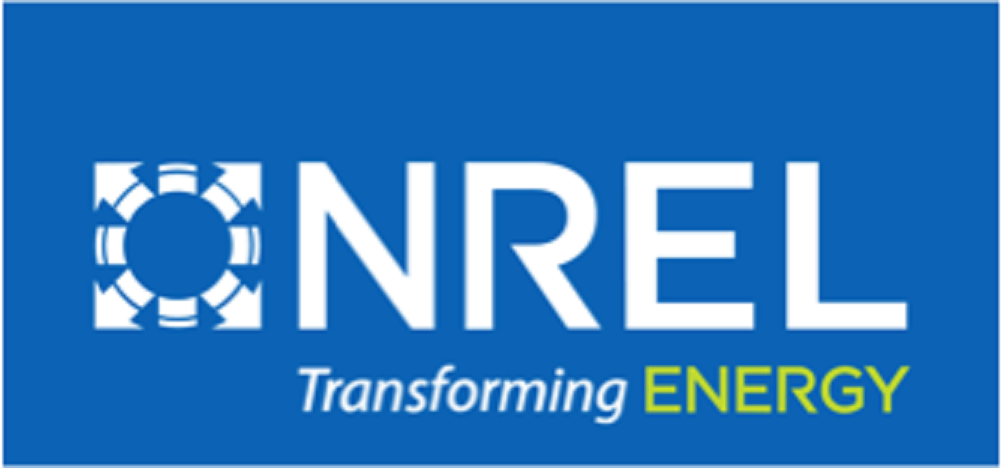NREL: Bringing Energy-Efficient Building Technologies Closer to Commercialization
The U.S. Department of Energy (DOE) is accelerating emerging technologies from lab to market through its Technology Commercialization Fund (TCF). With an overarching goal to increase the number of commercialized energy technologies developed at national laboratories, the TCF Program awarded funding to support two NREL Buildings projects.
Because buildings use 75% of the nation’s electricity, they have the vast potential to support the United States in achieving net-zero emissions by no later than 2050.
Below are summaries of the new TCF projects focused on buildings research.
Novel Membrane Absorber for Liquid Desiccant Air Conditioning
Partnering with Palo Alto Research Center and Blue Frontier, NREL Senior Research Engineer Jason Woods is establishing a new approach for liquid desiccant dehumidification to lower energy use by half, compared to state-of-the-art desiccant-wheel dehumidifiers. It accomplishes this isothermally, without heating or cooling the dehumidified airstream. It can also provide load flexibility for the grid by decoupling energy consumption from air dehumidification.
“Removing moisture from the air is energy intensive, and controlling humidity is an important part of keeping people comfortable in buildings,” Woods said. “Through the TCF funding, we will work to de-risk this technology by producing experimental data that can prove the energy performance of this technology. From there, we will be able to engage with potential HVAC industry partners.”
TCF Award: $250,000
Energy Storing Efficient HVAC System
Partnering with Blue Frontier, NREL Senior Mechanical Engineer Eric Kozubal is developing an energy-storing efficient heating, ventilation, and air conditioning (HVAC) system. The system offers 80% energy savings by leveraging indirect evaporative air conditioning with separate humidity control. The low-cost, high-density energy storage in the form of liquid desiccant and distilled water also enables more than 12 hours of low-power operation and an all-electric system using NREL’s patented heat-pump-driven desiccant regenerator.
“Existing air conditioning systems need improvements to support a low-carbon future,” Kozubal said. “The world needs an alternative that takes advantage of the emerging growth in renewable energy, has energy storage capabilities, and uses less energy.”
Ultimately, Blue Frontier plans to distribute this technology equitably to building and business owners by offering (a) zero up-front capital cost equipment, (b) lower annual operating and maintenance expenses, and (c) knowledgeable technicians to help ensure reliable operation.

